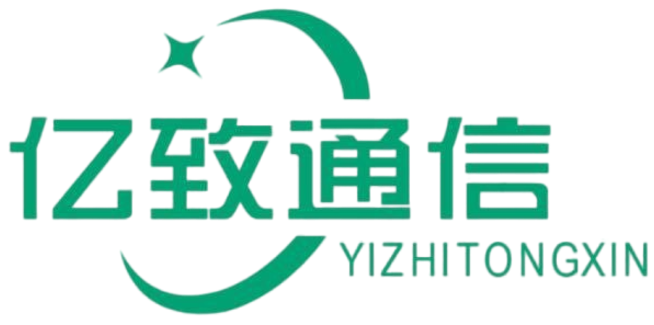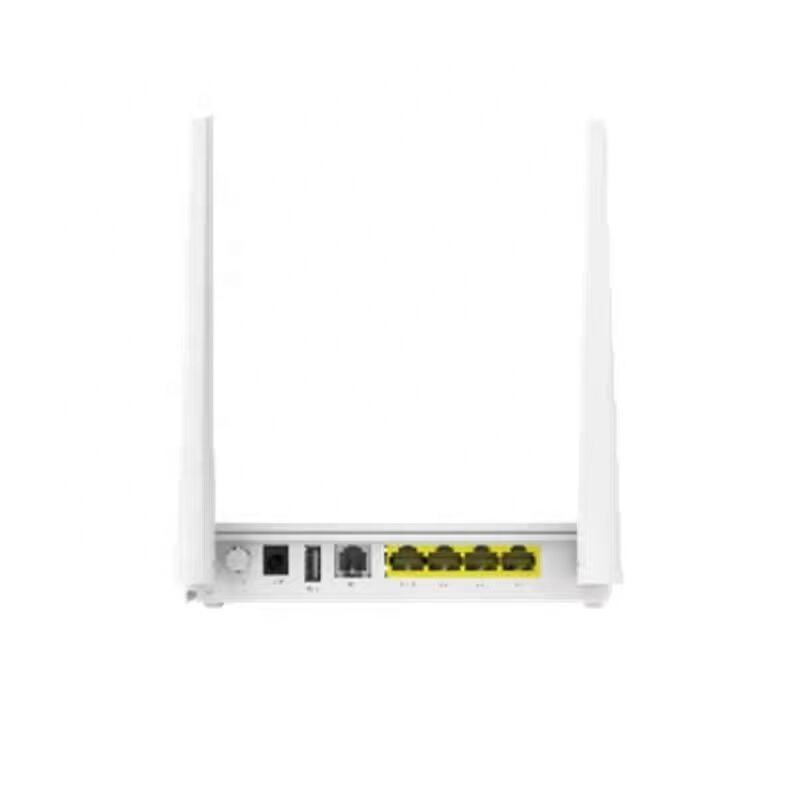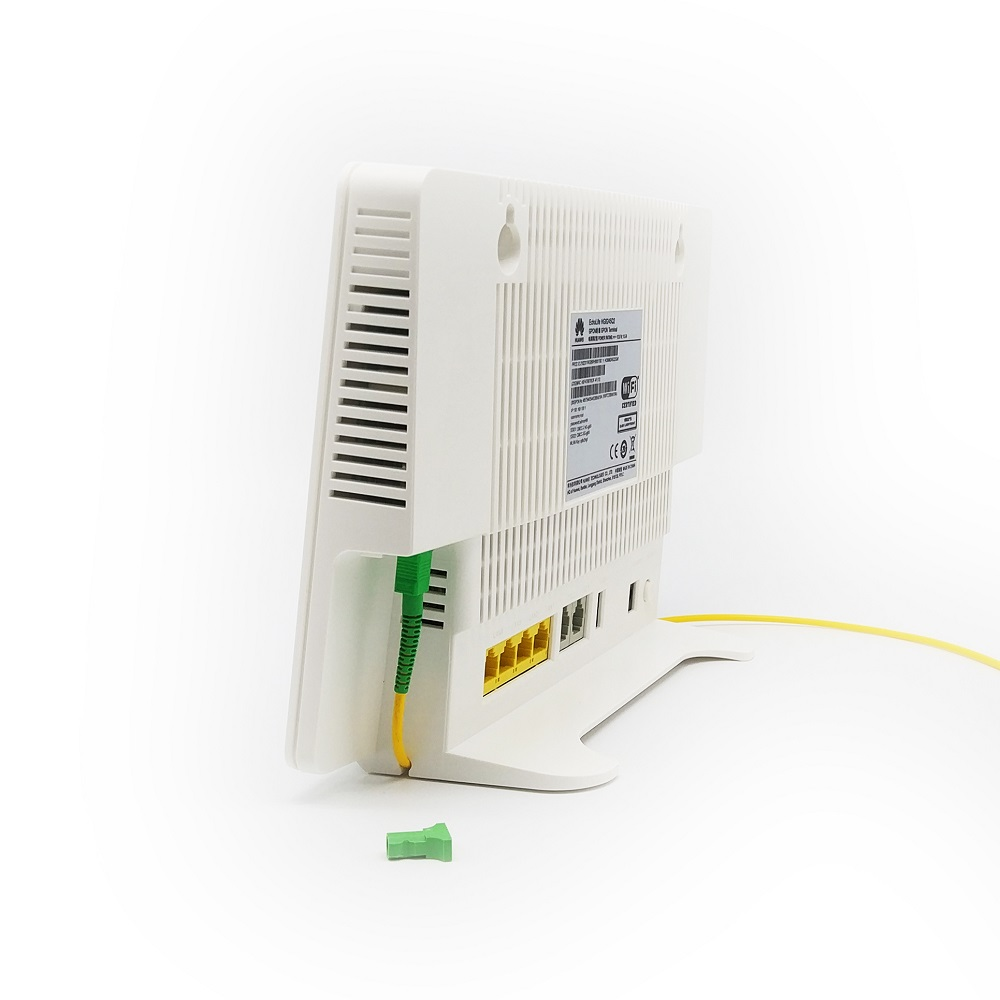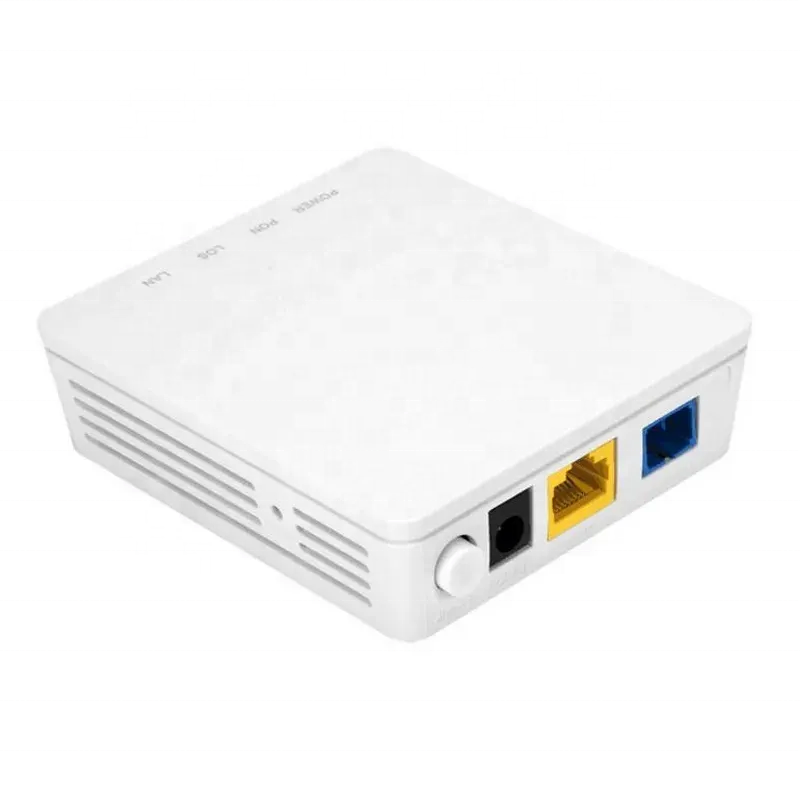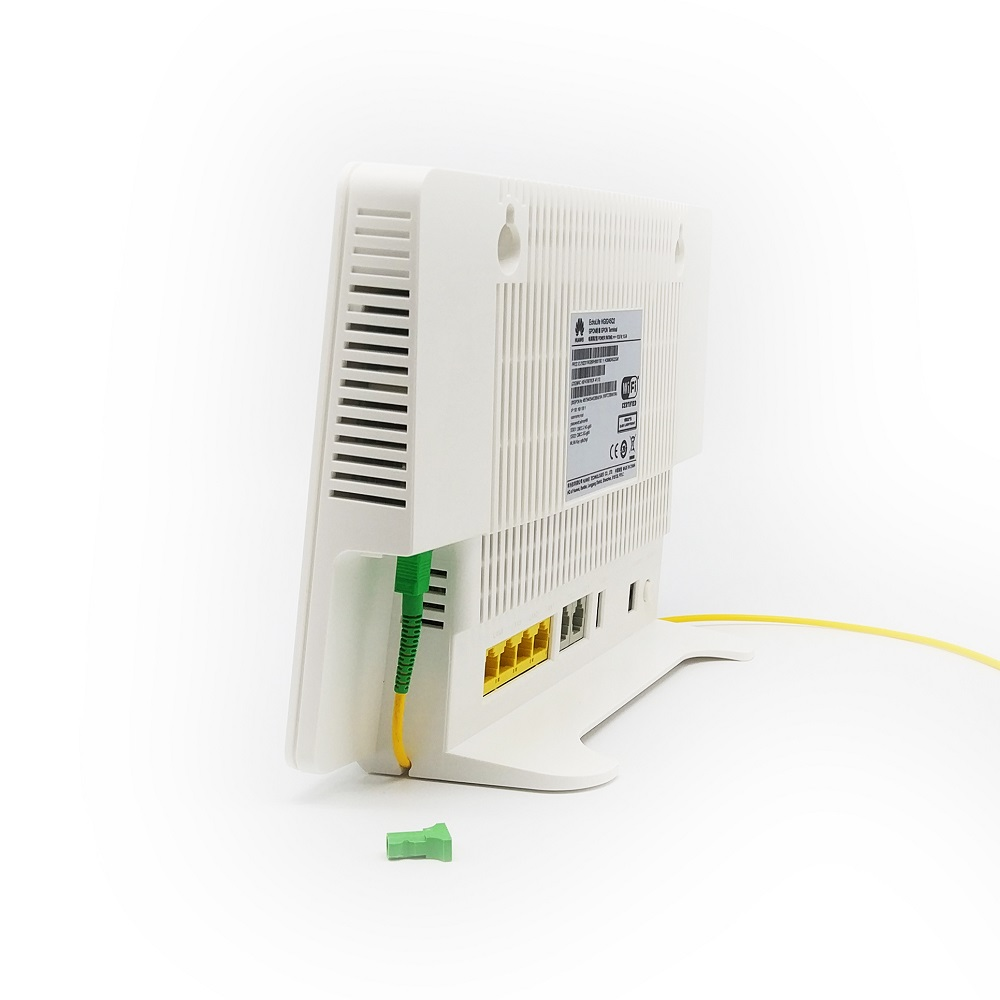newest olt types
The newest Optical Line Terminal (OLT) types represent a significant advancement in fiber optic network technology, offering unprecedented levels of connectivity and network management capabilities. Modern OLTs now feature enhanced port density, supporting up to 256 splits per PON port, enabling service providers to connect more end users while maintaining optimal performance. These cutting-edge systems incorporate sophisticated wavelength division multiplexing (WDM) technology, allowing for simultaneous transmission of multiple signals over a single fiber. The latest OLT models also include advanced quality of service (QoS) mechanisms, intelligent traffic management, and enhanced security features. They support multiple service types, including voice, video, and data, with speeds reaching up to 50Gbps in some configurations. Notable improvements include reduced power consumption through energy-efficient designs, improved heat dissipation systems, and more compact form factors that optimize rack space utilization. These systems also feature advanced management interfaces with intuitive graphical user interfaces and support for automated provisioning and configuration.
